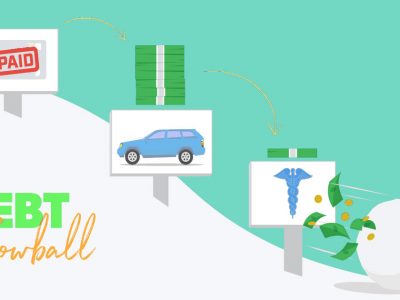Steps to Purchasing a Home
Check Your Credit Score
Once you’ve decided you want to buy a home the very first thing you should do is check your credit score with the big three credit reporting companies. This should be done even if you think you know what your score is as something on there might surprise you. Your credit score should be at least 660 before you consider buying a house. So if you aren’t there yet, take some time to improve your credit score before you move on to the next step.
Calculate Your Budget
The next step is calculating how much house you can afford. You do this by working out what 25-28% of your gross monthly income is. This is how much financial experts say should go towards your mortgage payments each month. All of your debts, including your mortgage should amount to no more than 40% of your monthly income.
Decide on the Details
Once you know how much house you can afford it’s time for you to work out the details of where you would like to live. Do you have a certain town or neighborhood in mind? Do you want future kids to go to a specific school? Is this a starter home or a forever home? How many bedrooms do you want? This is the time to work out all those little details so you know what you are looking for in a home.
Work Out the Finances
Start interviewing loan officers from a variety of different financial institutions to find the one that works best with you then get pre-approved for a loan. This is also the time when you work out how much of a deposit you will be able to put down on your house. 20% is considered the minimum.
Find an Agent
Some people might decide not to work with a Real Estate Agent in the beginning but you will want an agent just in case something goes wrong. Remember, they are the experts when it comes to buying and selling a home.
View Homes
It’s finally time to start viewing homes. The recommendations always say that you should never look above your price range so you don’t feel disappointed by what is in your price range and that is pretty good advice. Be sure to check listings on a daily basis, arrange viewings for homes that you like the look of, and attend open house events.
Submit an Offer
When you’ve found a home that you love work with your agent to submit an offer. If your offer is rejected then start the process again. If you keep getting rejected talk with your agent about why that might be and how to fix it.
Apply for a Mortgage
If your offer is accepting this is the time for you to apply for a mortgage. If you’ve already got a pre-approval and nothing has changed in the time since then this should be a painless process.
Get an Inspection
Have the home inspected to find any issues there might be with the home that weren’t immediately obvious to someone with an untrained eye. This inspection might show some issues that will need to be dealt with and could impact your mortgage.
Close the Sale
Finally, if all has gone well to this point the time will come to close the sale and make it final. The previous owner will sign over the home, the buyer meets with their agent and hands over the deposit and to sign the paperwork. Once this is done the home is officially yours!
Move In
The only thing left to do now is move in and start enjoying your home!





